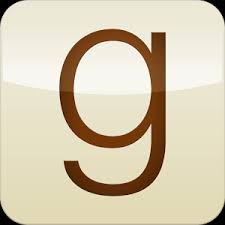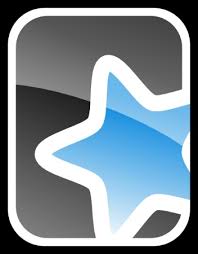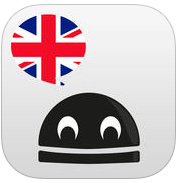 Vocaroo is the easiest voice recording tool that the internet offers and what’s more it is free, but it is only available for Android phones, laptops/Macbooks and desktop computers. Vocaroo is not the only easy voice recording app available, apple users have iTalk Recorder which is not free, but is extremely easy to use and guarantees quality recordings and easy sharing which appears to be a problem with Vocaroo. Press the big red button to record and press it again to stop. Recordings can also be appended to existing recordings.
Vocaroo is the easiest voice recording tool that the internet offers and what’s more it is free, but it is only available for Android phones, laptops/Macbooks and desktop computers. Vocaroo is not the only easy voice recording app available, apple users have iTalk Recorder which is not free, but is extremely easy to use and guarantees quality recordings and easy sharing which appears to be a problem with Vocaroo. Press the big red button to record and press it again to stop. Recordings can also be appended to existing recordings.
I have used voice recordings in class to create short role-plays, adverts, audio guides for museums, monuments, cities and countries, and creating narratives. The recording is a personal record for the learners of their proficiency and can later be evaluated for pronunciation and the paralinguistic features of speech.








